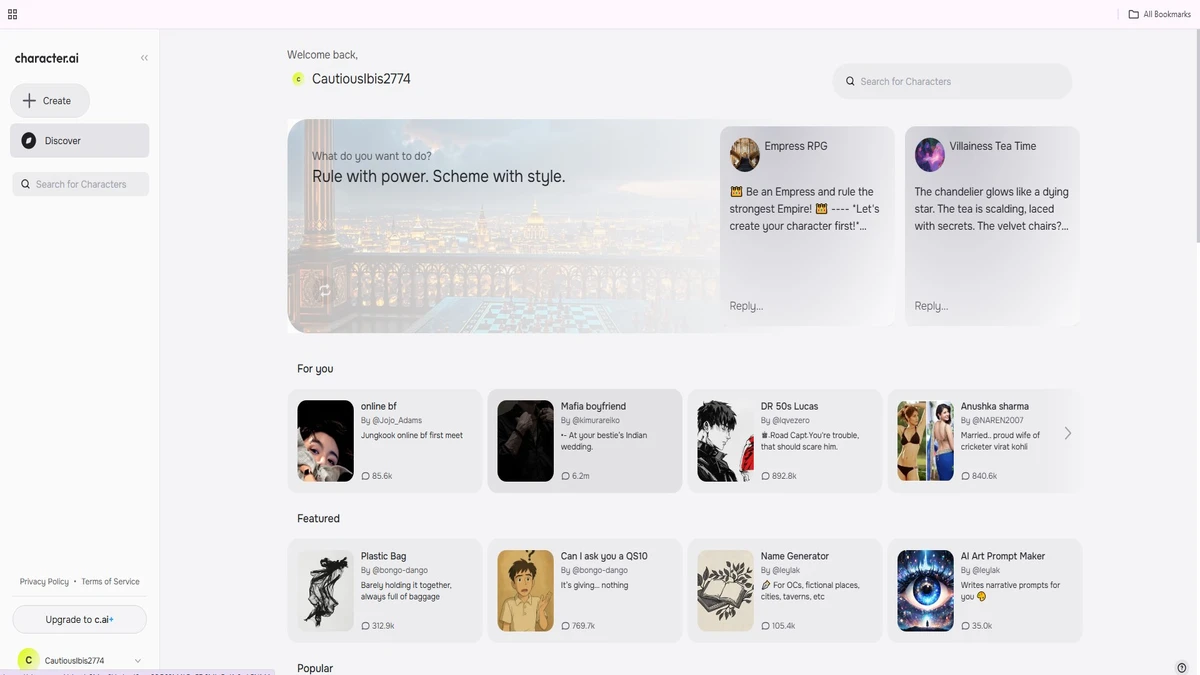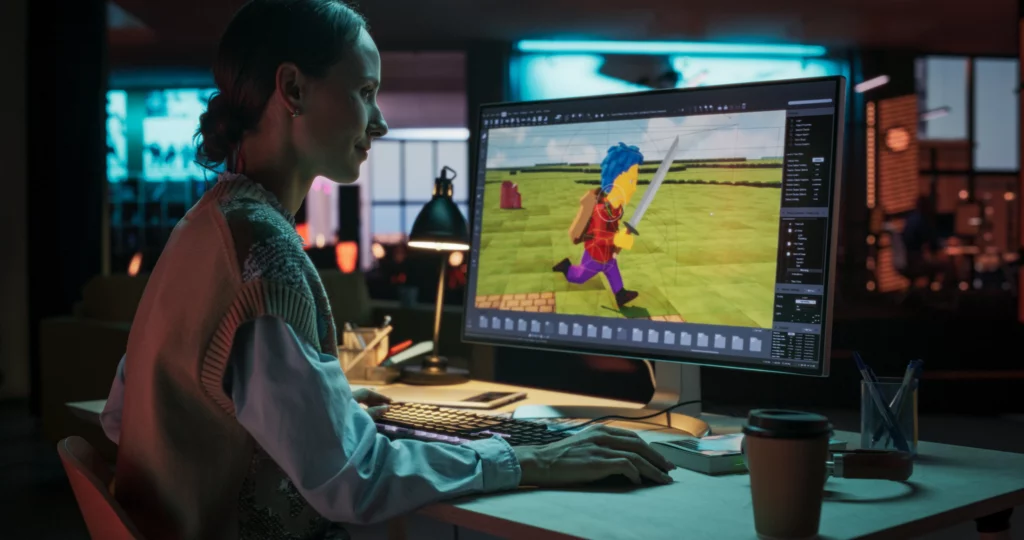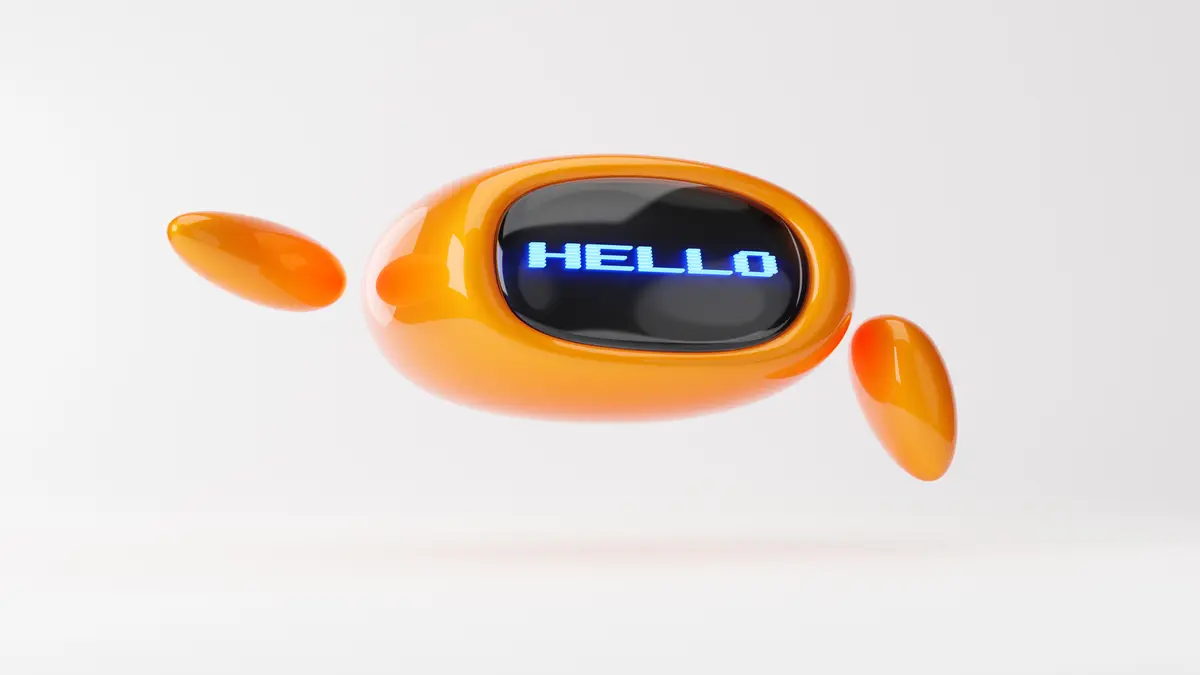In today’s world of ChatGPT, DeepSeek, and generative AI models writing books and generating music, it’s easy to forget that artificial intelligence has been around for decades. But before these sleek, cloud-powered systems, there was Character AI—the original attempt at giving machines a personality, memory, and mind. From crude text-based games in the 1980s to digital assistants with quirky personalities in the 2000s, old character AI laid the foundation for what we now call intelligent agents. In fact, without the experimental breakthroughs in character-driven AI, much of today’s modern tech—including gaming NPCs, virtual tutors, chatbots, and even self-driving car behavior systems—wouldn’t exist. Let’s take a deep dive into the past and explore how old character ai shaped modern tech, and why it deserves more recognition than it gets.
what is old character ai?
 Old Character AI refers to early artificial intelligence systems designed to mimic human-like behavior, emotions, or conversations, long before today’s deep learning models came into play. These systems weren’t “smart” by modern standards but were innovative for their time. They used simple rule-based logic, basic natural language processing, and scripted dialogue trees to simulate personality and emotional responses. Some of the earliest examples include:
Old Character AI refers to early artificial intelligence systems designed to mimic human-like behavior, emotions, or conversations, long before today’s deep learning models came into play. These systems weren’t “smart” by modern standards but were innovative for their time. They used simple rule-based logic, basic natural language processing, and scripted dialogue trees to simulate personality and emotional responses. Some of the earliest examples include:
- ELIZA (1966): A program that simulated a therapist by rephrasing user input into reflective questions.
- Tamagotchi (1996): A digital pet that reacted based on how you treated it—hungry, sad, or happy.
- Racter (1984): A software that generated surreal, grammatically correct sentences, making it feel like you were talking to a quirky person.
- Game NPCs are characters in video games like Zork or Ultima who adapt to player choices, giving the illusion of memory and personality.
While these systems couldn’t “think” in the way modern AI can, they pioneered the idea that machines could engage us emotionally. They laid the groundwork for digital empathy, dialogue modeling, and personality-driven computing—all of which have become central to today’s AI experiences. This early phase of AI wasn’t about massive data models. It was about designing systems to entertain, simulate companionship, and mimic interaction. That makes old character ai a vital precursor to the empathetic, human-centric tech we now rely on.
The Evolution of Personality in Machines
Early old character ai did not have deep learning, big data, or GPUs. But what they lacked in resources, they made up for with clever design and creativity.
1. Rule-Based Personality Engines
Many early AIs were built on logic trees—rules determining how a character would respond. These systems allowed developers to simulate emotions like anger, fear, or happiness through behavior changes.
- Example: In The Sims, characters had needs (hunger, sleep, social interaction) that dynamically changed their behavior. While not “AI” in the modern sense, this created the illusion of personality.
- Legacy: These rule-based systems inspired today’s emotional modeling in digital assistants, gaming NPCs, and even robots like Pepper or Sophia.
2. Natural Language Processing (NLP) 1.0
Before ChatGPT-style transformers, early NLP was about keyword matching. Programs like ELIZA would look for phrases and respond with pre-written replies.
- Why it mattered: Even without proper understanding, these systems showed that conversational AI could be emotionally impactful. People bonded with ELIZA, which revealed our human tendency to connect—even with simple bots.
- Modern echo: Many psychological chatbots today, such as Woebot or Replika, owe their roots to this experiment.
From Games to Companions: Character ai in Entertainment
To truly understand what is old character ai, we need to look at how it revolutionized gaming long before modern AI took the spotlight. The gaming industry has always been a frontier for experimentation, and character AI played a starring role.
1. NPCs that Learn
Old games like Black & White (2001) let players teach a creature through reward and punishment. It would “learn” your preferences and act accordingly. The beast had memory, reactions, and even mood swings.
- What this led to: Reinforcement learning, now used in training models like AlphaGo and robotics systems.
2. Branching Dialogues and Choice Systems
Games like Mass Effect, The Witcher, and Fallout introduced deep branching dialogues in which characters remembered past actions and adjusted future conversations.
- Impact: This shaped the concept of persistent memory in AI—something OpenAI and DeepSeek are now embedding into long-term memory modules for more personalized conversations.
How old character ai Influenced Modern Technologies

Character AI didn’t fade away—it evolved. The seeds sown by early programs like ELIZA, Racter, and Tamagotchi blossomed into the AI systems that power our lives today. What we now call “conversational AI” is deeply rooted in the emotional intelligence and personality modeling pioneered decades ago. Let’s break down how character ai continues to shape the tech we use every day:
Also read:
- AI Story Generator Tools that All Fiction Writers Must Know About!
- AI Trends in Healthcare to Look After- Let’s Find Out
- Top AIO Coolers for Gaming PCs in 2023
- Unveiling the Roblox Phenomenon: Can You Play Roblox PS4?
- The Significance of Business Impact Analysis in Cybersecurity
1. Chatbots with Personalities: The Legacy of Scripted Dialogue Lives On
Modern AI tools such as ChatGPT, Claude, and DeepSeek AI can now simulate thousands of personalities, from stoic professors to sarcastic comedians. But this idea isn’t new—it’s a high-tech upgrade of early character AIs.
- Present Personas: Remember when ELIZA mimicked a Rogerian therapist? Today, ChatGPT can mimic a poet, a gamer, a therapist, or even a pirate. This echoes the original vision: create digital “people” users can talk to, relate to, or learn from.
- Customer Service with a Smile: Businesses still rely on bots with scripted personalities—kind, professional, or cheerful—to reduce user frustration. These character-driven designs are rooted in the same strategies used by early AI companions.
- Therapeutic AI Bots: Mental wellness tools like Replika or Woebot are descendants of old character ai. They use carefully crafted personalities to build trust, simulate empathy, and even help users feel heard and less alone.
2. Voice Assistants Like Siri, Alexa, and Google Assistant

When Apple launched Siri in 2011, it reintroduced a forgotten element of character AI: personality in everyday tech. Siri wasn’t just functional—it was fun.
- Origin Story: The design drew directly from character AI tropes—give it a name, a voice, and prewritten quirks. Ask Siri to tell a joke, and you get a response that feels human. That was deliberate.
- Evolution of Empathy: Today’s voice assistants are moving beyond static responses. They’re learning emotional cues, tone adjustments, and even contextual empathy. These are modern extensions of what early developers imagined when building personality-driven machines.
- Dynamic Personalities: Future assistants will be able to adapt their tone based on your mood—they will be more energetic when you’re tired or calming when you’re stressed. This wouldn’t be possible without decades of experimentation with early character ai.
Then vs. Now: Old AI used pre-scripted lines to mimic emotion. Modern voice tech uses AI-trained models to feel personalized and alive, but the spirit remains unchanged.
4. Social Robots and Embodied AI: From Toys to Trusted Companions

Robots like Jibo, Cozmo, and Paro the therapeutic seal all demonstrate how deeply character AI has embedded itself in robotics.
- Facial Expressions & Voice Tone: These robots react emotionally—winking, smiling, or even sulking—just like early character AI toys, but with enhanced tech.
- Use Cases in Elder Care and Autism Therapy: Social robots help users engage emotionally, build routines, and reduce anxiety—mirroring the empathy-driven design first explored in early AI companions.
- Embodied Emotion: The ability to interpret human emotion and respond accordingly comes from a long history of emotional modeling in old character AI, now backed by facial recognition and sentiment analysis.
AI Influencers and Virtual Beings: The Rise of Digital Identities
Today, we have AI-generated influencers on platforms like Instagram, TikTok, and YouTube. These virtual characters—like Lil Miquela—interact with fans, tell stories, and even express opinions.
- Scripted but Believable: Just like old character ai, these personas are scripted, curated, and emotionally designed to build relationships with followers.
- AI Storytelling: Many creators use AI to develop fully autonomous influencers who evolve. These influencers learn from audience feedback, respond to DMs, and even change their digital “mood.”
Ethical Lessons from Early character ai
Surprisingly, early character AI also taught us ethical lessons we still wrestle with today.
1. Emotional Attachment to Machines
People bonded with ELIZA, fell in love with Replika, and grieved over their dead Tamagotchi. This early phenomenon made it clear: humans will emotionally connect with anything that seems to understand them. This has significant implications in 2025, when AI companionship will be a growing industry. It raises questions about loneliness, dependency, and the human-AI boundary.
2. Bias and Behavior Modeling
Even basic AI systems could reflect the biases of their programmers. If an NPC treated male players differently, or an assistant only recognized certain accents, it created real-world consequences.
- What we learned: character ai is not neutral. It must be shaped with empathy and inclusivity, informing today’s AI ethics discussions.
Conclusion: The Timeless Influence of Old Character AI
In many ways, the AI revolution didn’t start with ChatGPT or DeepSeek—it started with simple programs trying to sound like people. The dreams of character AI pioneers laid the groundwork for everything we use today—from personalized assistants to emotionally intelligent robots. By revisiting these roots, we understand where modern AI came from and its direction. The journey from ELIZA to DeepSeek is a story of human imagination meeting machine simulation, and it’s far from over. The legacy of old character ai is more than nostalgia—it’s the blueprint for the empathetic, responsive, and engaging AI systems shaping our future.
To Get More Updates, Click Here

















